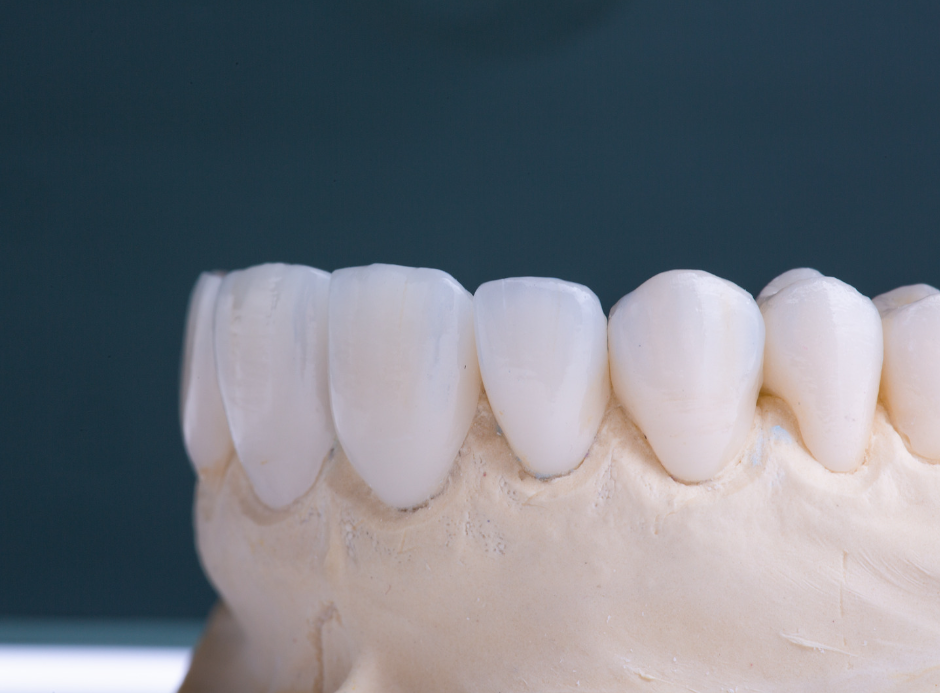Restorative Dentistry
Restorative dentistry is a branch of dentistry that focuses on the diagnosis and treatment of dental problems that affect the function and appearance of the teeth and gums. Restorative dental procedures aim to repair, replace, or restore damaged, decayed, or missing teeth, as well as treat gum disease and other oral health conditions.
Some of the most common restorative dental procedures include:
- Dental fillings: A procedure used to repair teeth that have been damaged by decay. The decayed portion of the tooth is removed and replaced with a filling made of composite resin, porcelain, or other materials.
- Crowns: A procedure used to cover and protect a damaged or weakened tooth. Crowns can be made of metal, porcelain, or a combination of materials.
- Bridges: A procedure used to replace one or more missing teeth. Bridges consist of one or more artificial teeth that are attached to adjacent teeth using crowns or other dental attachments.
- Dentures: A procedure used to replace multiple missing teeth. Dentures are removable appliances that can be either partial (replacing only a few teeth) or complete (replacing all the teeth in the upper or lower jaw).
- Dental implants: A procedure used to replace missing teeth with artificial tooth roots that are surgically implanted into the jawbone. Implants can support individual crowns or bridges, or they can be used to anchor dentures in place.
In addition to these procedures, restorative dentistry also includes treatments for gum disease, root canal therapy, and other procedures aimed at preserving the health and function of the teeth and gums.
If you are experiencing dental problems or have missing teeth, it’s best to consult with a dental professional who specializes in restorative dentistry to determine the best course of treatment for your specific case.


